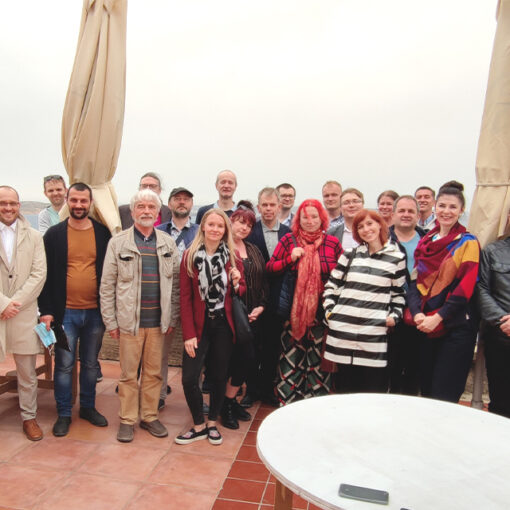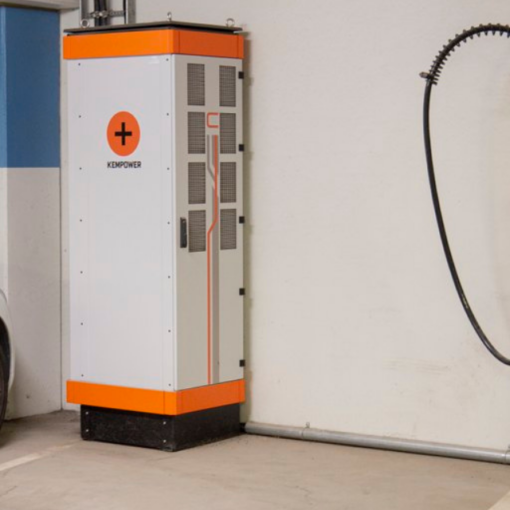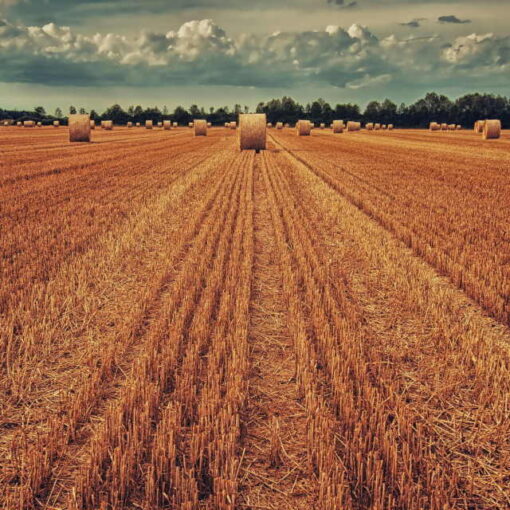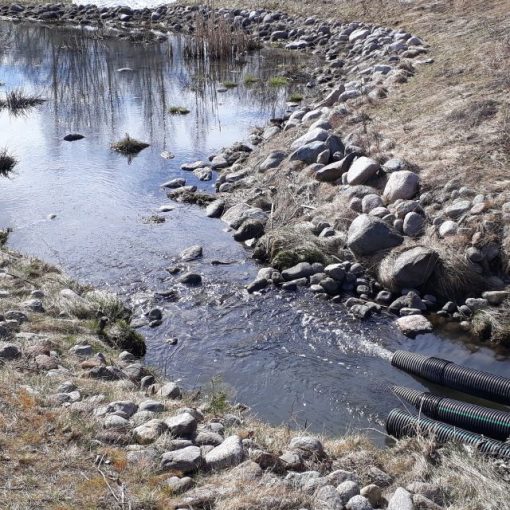Construction and demolition waste (CDW) is produced practically in all construction-related activities. Even though most of the material is recycled today, yet a notable amount of mixed reject is created in the recycling process and not utilized. A reason the issue is acute is that the buildings constructed between 1960 and 1980 have reached the age where they require either notable renovation or even rebuilding.
Magnitude
In Finland, 14 727 000 tons of CDW (picture 1) was produced in 2017 of which other than mineral-based wastes totaled 1 600 000 tons (Tilastokeskus 2019). Full source separation is the preferred method for handling waste materials but is often impractical or impossible at a construction site. Typically, mineral materials, wood materials, metals, and energy wastes are separated at the source and are transferred to specific processing plants where they are handled and sorted further. Yet, it is impossible to separate all the materials creating a constant accumulation of mixed CDW waste reject without any practical use. Previously, the reject was landfilled, but due to the legislation made stricter (Valtioneuvosto 2013), this has become impossible. Like with all other waste, the primary goal is to prevent the production of wastes, then the secondary option is to recycle waste as materials and the third option is incineration (European Comission 2016).
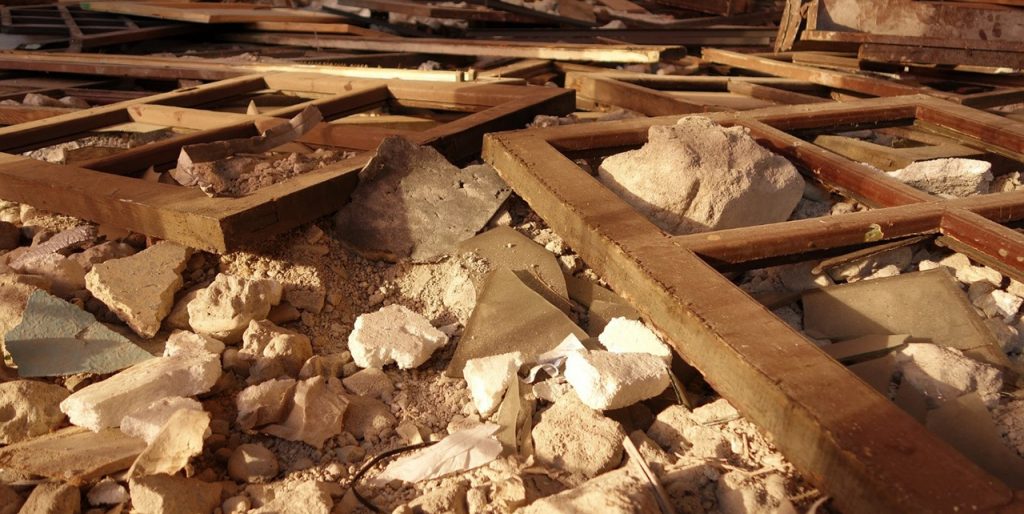
Challenges
The issue with CDW rejects (shown in picture 2) is their often relatively small particle size, rendering them difficult to handle and being unsuitable for directly replacing natural aggregates. It is often forgotten that gravel is a non-renewable resource that is used by the building and construction in vast amounts slowly depleting the natural resources we have. Based on the composition of typical CDW, it can be conducted, that this artificial aggregate could be used to reduce the weight of its applications – reducing the weight of transported goods made using it and subsequently carbon emissions of the whole logistic chain.
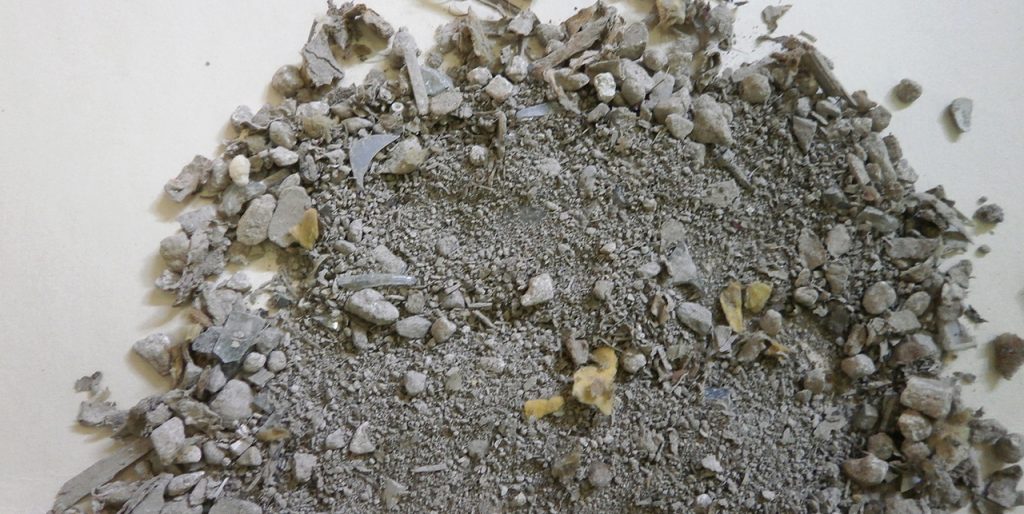
Finding solutions
In the ongoing European regional development fund project, RAPA Low-carbon products of construction and demolition waste reject, the goal is to solve the beforementioned issues by finding sustainable, low-carbon solutions for recycling the mixed CDW reject in novel products. The aims are to evaluate the exact composition and amounts of CDW reject produced in the Päijät-Häme region and to find novel or advanced methods for processing it and industrial-scale applications for the reject. Based on the amounts of CDW reject created, the scale of re-use potential can be determined, and the most promising fields of application selected. The overall goal of the project is to recognize the applications and products where the mixed CDW reject can be sustainably and profitably recycled as low-carbon raw material. (LAB 2020.)
Author
Ossi Martikka works as a specialist at LAB University of Applied Sciences and in the RAPA -project.
References
European Comission. 2016. Directive 2008/98/EC on waste (Waste Framework Directive) – Environment – European Commission. [Cited 23 June 2020]. Available at: http://ec.europa.eu/environment/waste/framework/
LAB University of Applied Sciences. 2020. Low-carbon products of construction and demolition waste reject. LAB University of Applied Sciences. [Cited 23 June 2020]. Available at: https://lab.fi/en/node/7376
Tilastokeskus. 2019. Suomen virallinen tilasto (SVT): Jätetilasto 2017. [Cited 23 June 2020]. Available at: http://www.stat.fi/til/jate/2017/13/jate_2017_13_2019-01-09_tie_001_fi.html
Valtioneuvosto. 2013. Valtioneuvoston asetus kaatopaikoista 2.5.2013/331.
Pictures
Picture 1. tommy pixel from Pixabay. 2014. Image 1. Mixed demolition waste. [Cited 23 June 2020]. Available at https://pixabay.com/photos/the-ruins-wreck-demolition-waste-632583
Picture 2. Ossi Martikka. 2018. Image 2. An example of mixed CDW reject.

